Home>Gardening & Outdoor>Landscaping Ideas>What Are The Negatives Of Artificial Grass
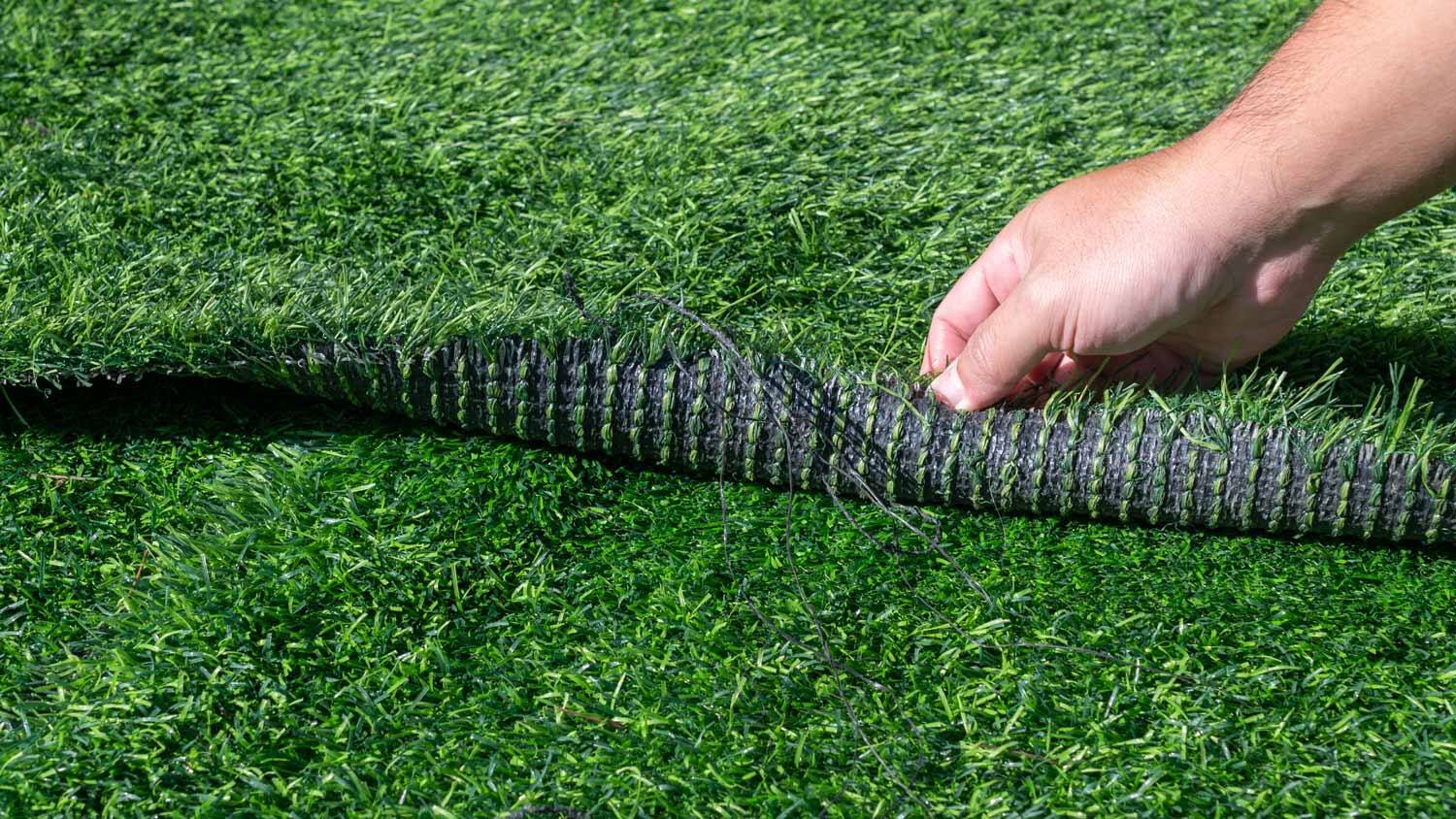

Landscaping Ideas
What Are The Negatives Of Artificial Grass
Modified: August 18, 2024
Discover the drawbacks of artificial grass for landscaping ideas. Learn about the potential downsides before making a decision.
(Many of the links in this article redirect to a specific reviewed product. Your purchase of these products through affiliate links helps to generate commission for Storables.com, at no extra cost. Learn more)
Environmental Impact
Artificial grass, while offering numerous benefits, also poses several environmental concerns. It's crucial to consider the ecological implications of opting for synthetic turf over natural grass.
-
Water Usage: One of the primary environmental drawbacks of artificial grass is its impact on water usage. While natural grass requires regular watering to maintain its lush appearance, artificial turf does not necessitate the same level of hydration. However, the production of synthetic grass involves the consumption of water, particularly in the manufacturing process. This raises concerns about the overall water footprint associated with artificial grass, especially in regions facing water scarcity.
-
Heat Retention: Another environmental consideration is the heat retention properties of artificial grass. Synthetic turf tends to absorb and retain heat, contributing to the urban heat island effect. This phenomenon can lead to elevated temperatures in urban areas, impacting local ecosystems and increasing energy consumption for cooling purposes.
-
Material Composition: The materials used in the production of artificial grass, such as plastics, rubber, and other synthetic compounds, raise environmental red flags. These materials are derived from non-renewable resources and are not biodegradable. As a result, the disposal of artificial turf at the end of its lifecycle presents challenges related to waste management and environmental sustainability.
-
Chemical Usage: The installation and maintenance of artificial grass often involve the use of chemical substances, including adhesives, infill materials, and cleaning agents. These chemicals can leach into the surrounding soil and water systems, potentially causing harm to local flora and fauna. Additionally, the breakdown of synthetic turf over time may release microplastics into the environment, further exacerbating ecological concerns.
-
Impact on Biodiversity: Natural grass supports biodiversity by providing habitats for various insects, small animals, and microorganisms. In contrast, the installation of artificial turf can disrupt local ecosystems and reduce the availability of natural habitats for wildlife. This alteration in the landscape can have cascading effects on the broader ecological balance of the area.
Considering these environmental factors is essential for making informed decisions regarding the use of artificial grass. While it offers practical advantages, the environmental impact of synthetic turf underscores the importance of exploring sustainable alternatives and implementing responsible practices in landscaping and urban development.
Key Takeaways:
- Artificial grass has environmental drawbacks, including water usage, heat retention, non-biodegradable materials, chemical usage, and impact on biodiversity. Consider sustainable alternatives for landscaping.
- Health concerns of artificial grass include heat retention, injury risk, microbial growth, chemical exposure, and allergen accumulation. Prioritize safety and well-being when using synthetic turf.
Read more: What Is Decking
Health Concerns
Artificial grass, despite its aesthetic appeal and low maintenance requirements, raises significant health concerns that warrant careful consideration. While it offers practical solutions for landscaping challenges, the potential implications on human health cannot be overlooked.
-
Heat Retention: Synthetic turf has a propensity to retain heat, especially in warm climates or during periods of intense sunlight. This elevated temperature can create discomfort for individuals, particularly children and pets, who come into direct contact with the artificial grass surface. Prolonged exposure to heat-retaining synthetic turf may lead to heat-related illnesses and discomfort, posing a notable health risk.
-
Injury Risk: The composition of artificial grass, often featuring a firm and non-forgiving surface, can increase the risk of injuries during physical activities and sports. Unlike natural grass, which provides a degree of cushioning and natural give, synthetic turf may contribute to a higher incidence of abrasions, strains, and impact-related injuries. This is particularly relevant in areas where recreational activities and sports are commonly practiced on artificial turf surfaces.
-
Microbial Growth: The synthetic nature of artificial grass, coupled with its potential to accumulate organic matter and debris, creates an environment conducive to microbial growth. Without proper maintenance and sanitation, artificial turf can harbor bacteria, mold, and other microorganisms, posing health risks to individuals who come into contact with the surface. This is especially concerning in settings where hygiene and cleanliness are paramount, such as playgrounds, sports fields, and recreational areas.
-
Chemical Exposure: The installation and upkeep of artificial grass often involve the use of chemical substances, including adhesives, infill materials, and cleaning agents. Prolonged exposure to these chemicals, either through direct contact or inhalation, raises concerns about potential health effects. Individuals, particularly children and pets, who frequently interact with artificial turf may face heightened exposure to these chemicals, necessitating careful consideration of the associated health risks.
-
Allergen Accumulation: Artificial grass can accumulate allergens such as dust, pollen, and other airborne particles, particularly in outdoor settings. This accumulation can exacerbate allergy symptoms and respiratory issues for individuals who are sensitive to these allergens. Proper cleaning and maintenance practices are essential to mitigate the buildup of allergens on synthetic turf surfaces, especially in areas frequented by vulnerable populations.
Acknowledging these health concerns associated with artificial grass is crucial for making informed decisions regarding its installation and usage. While synthetic turf offers practical benefits, prioritizing the well-being and safety of individuals who interact with artificial grass is paramount. Implementing appropriate measures to address these health concerns, such as regular maintenance, proper sanitation, and safety guidelines, can help mitigate potential risks and promote a healthier environment for all.
Maintenance and Upkeep
Maintaining artificial grass involves a set of considerations and practices aimed at preserving its appearance, functionality, and longevity. While synthetic turf offers advantages in terms of reduced maintenance compared to natural grass, it still requires regular care to ensure optimal performance and aesthetic appeal.
Cleaning and Debris Removal
Regular cleaning is essential to keep artificial grass looking its best and to prevent the accumulation of debris and organic matter. This typically involves removing leaves, twigs, and other debris that may collect on the surface. Additionally, addressing pet waste promptly and thoroughly is crucial to maintain hygiene and prevent odors. Utilizing a gentle brush or leaf blower can effectively remove surface debris without causing damage to the turf fibers.
Rinsing and Sanitization
Periodic rinsing and sanitization are important aspects of artificial grass maintenance, particularly in areas that experience heavy use or pet activity. Rinsing the turf with water helps remove dust, pollen, and other airborne particles that may settle on the surface over time. Sanitization, using mild detergents or specialized turf cleaners, can help eliminate microbial growth and maintain a clean, hygienic environment, especially in settings such as pet areas and playgrounds.
Read more: What Is An Infill
Brushing and Fluffing
To uphold the natural appearance of artificial grass and prevent matting or flattening of the fibers, periodic brushing and fluffing are recommended. This process helps redistribute the infill material, such as rubber or sand, and prevents compaction of the turf. By gently brushing the turf fibers with a specialized brush or broom, the grass can maintain its lush and upright appearance, enhancing its visual appeal and durability.
Infill Maintenance
Infill materials play a crucial role in the performance and resilience of artificial grass. Over time, infill may compact or disperse unevenly, necessitating maintenance to ensure consistent coverage and support. Adding or redistributing infill material as needed helps maintain the stability, shock absorption, and drainage capabilities of the turf, contributing to its long-term functionality and performance.
Professional Maintenance
Engaging professional maintenance services, such as periodic inspections and specialized treatments, can further enhance the longevity and quality of artificial grass. Professional maintenance providers offer expertise in identifying and addressing specific issues, such as seam repairs, drainage concerns, or specialized cleaning requirements, ensuring that the artificial turf remains in optimal condition.
By prioritizing regular maintenance and implementing appropriate care practices, artificial grass can continue to deliver its intended benefits while retaining its visual appeal and functionality. Proactive maintenance not only preserves the aesthetic qualities of synthetic turf but also contributes to a clean, safe, and enjoyable environment for various applications, from residential landscapes to commercial and recreational spaces.
Initial Cost
The initial cost of installing artificial grass is a significant consideration for individuals and organizations exploring landscaping options. While synthetic turf offers long-term benefits, it's essential to assess the financial implications associated with its installation and weigh them against the potential advantages.
The upfront investment in artificial grass encompasses various components, including the cost of materials, labor, and additional preparatory measures. The price of high-quality artificial turf varies based on factors such as the type of grass, pile height, density, and backing material. Additionally, the inclusion of infill materials, such as rubber or sand, contributes to the overall cost of the turf.
Labor expenses for professional installation constitute a substantial portion of the initial cost. Skilled labor is essential for ensuring proper groundwork, accurate measurements, and precise installation of the synthetic turf. Site preparation, which may involve excavation, grading, and base layer installation, adds to the overall upfront expenditure.
In addition to material and labor costs, ancillary expenses such as drainage systems, edging materials, and specialized equipment further impact the initial investment. These components are integral to the installation process and contribute to the overall functionality and longevity of the artificial grass.
While the initial cost of artificial grass installation may seem substantial, it's crucial to consider the long-term financial implications. Synthetic turf offers significant savings in ongoing maintenance and water expenses compared to natural grass, making it a cost-effective choice over its lifespan. The durability and resilience of artificial grass contribute to reduced upkeep requirements, minimizing the need for mowing, watering, and fertilizing, which are recurring expenses associated with natural grass maintenance.
Furthermore, the aesthetic appeal and year-round greenery provided by artificial grass add value to residential properties and commercial spaces, potentially enhancing property value and curb appeal. This long-term benefit should be factored into the assessment of the initial cost, as it contributes to the overall return on investment associated with artificial grass installation.
In evaluating the initial cost of artificial grass, it's essential to consider the broader financial implications and long-term benefits. While the upfront investment may require a substantial allocation of resources, the potential savings, durability, and aesthetic advantages position synthetic turf as a compelling and financially prudent landscaping solution.
Frequently Asked Questions about What Are The Negatives Of Artificial Grass
Was this page helpful?
At Storables.com, we guarantee accurate and reliable information. Our content, validated by Expert Board Contributors, is crafted following stringent Editorial Policies. We're committed to providing you with well-researched, expert-backed insights for all your informational needs.
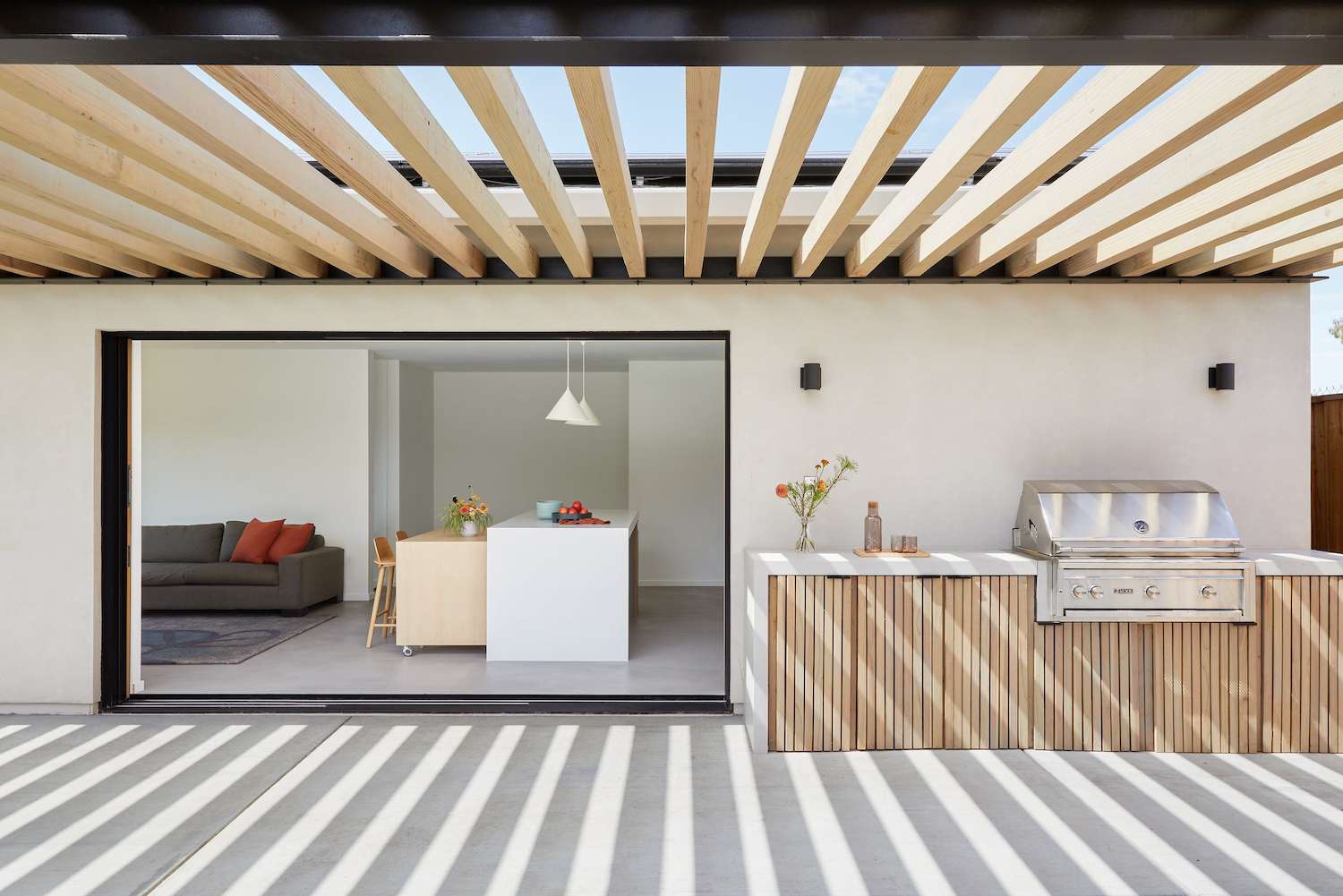
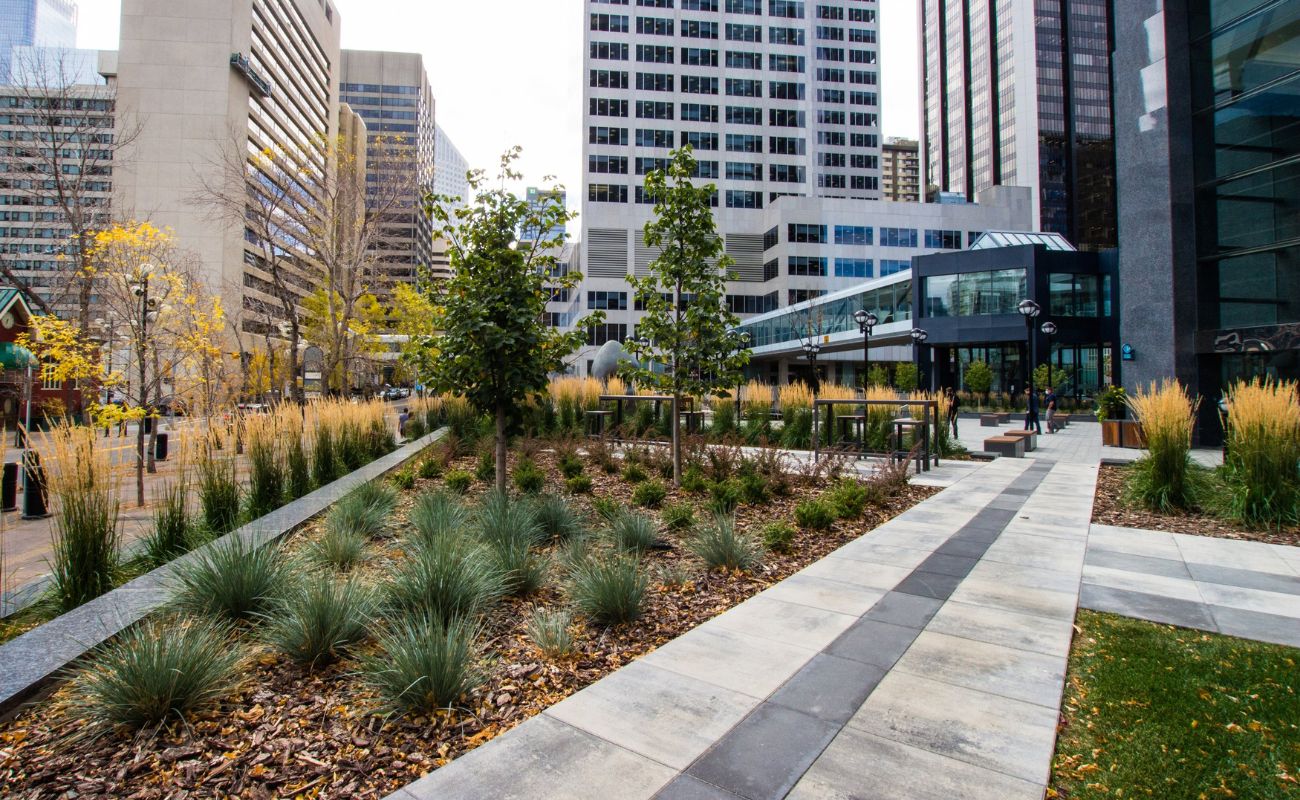
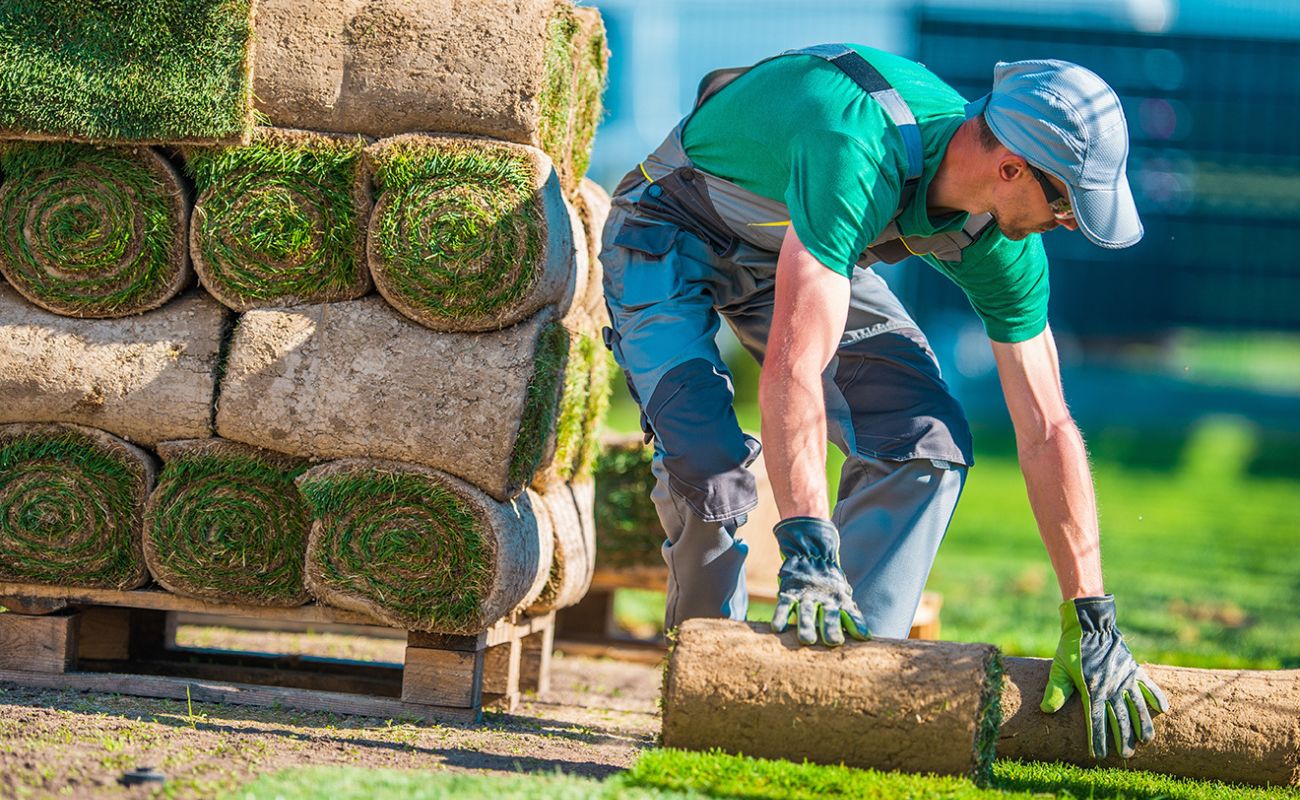
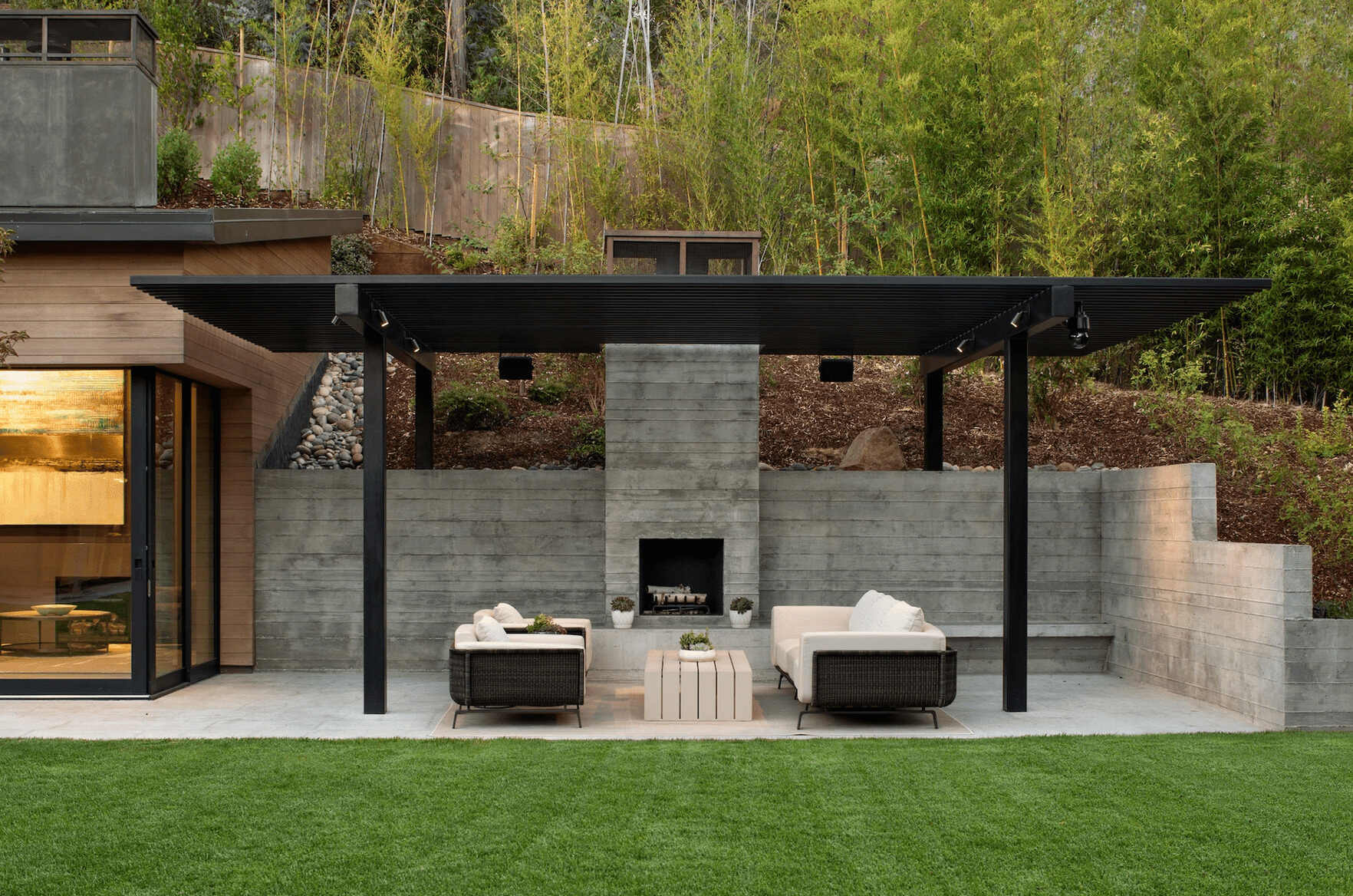
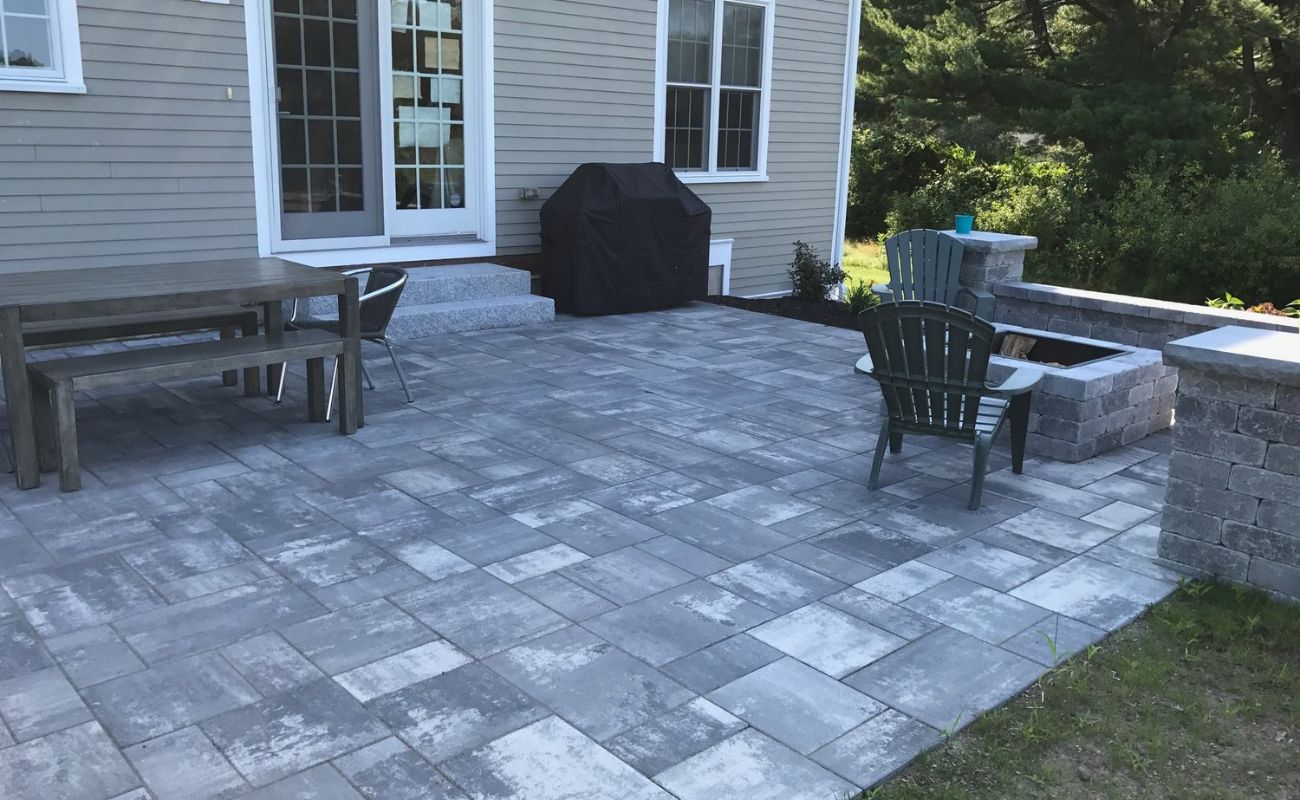
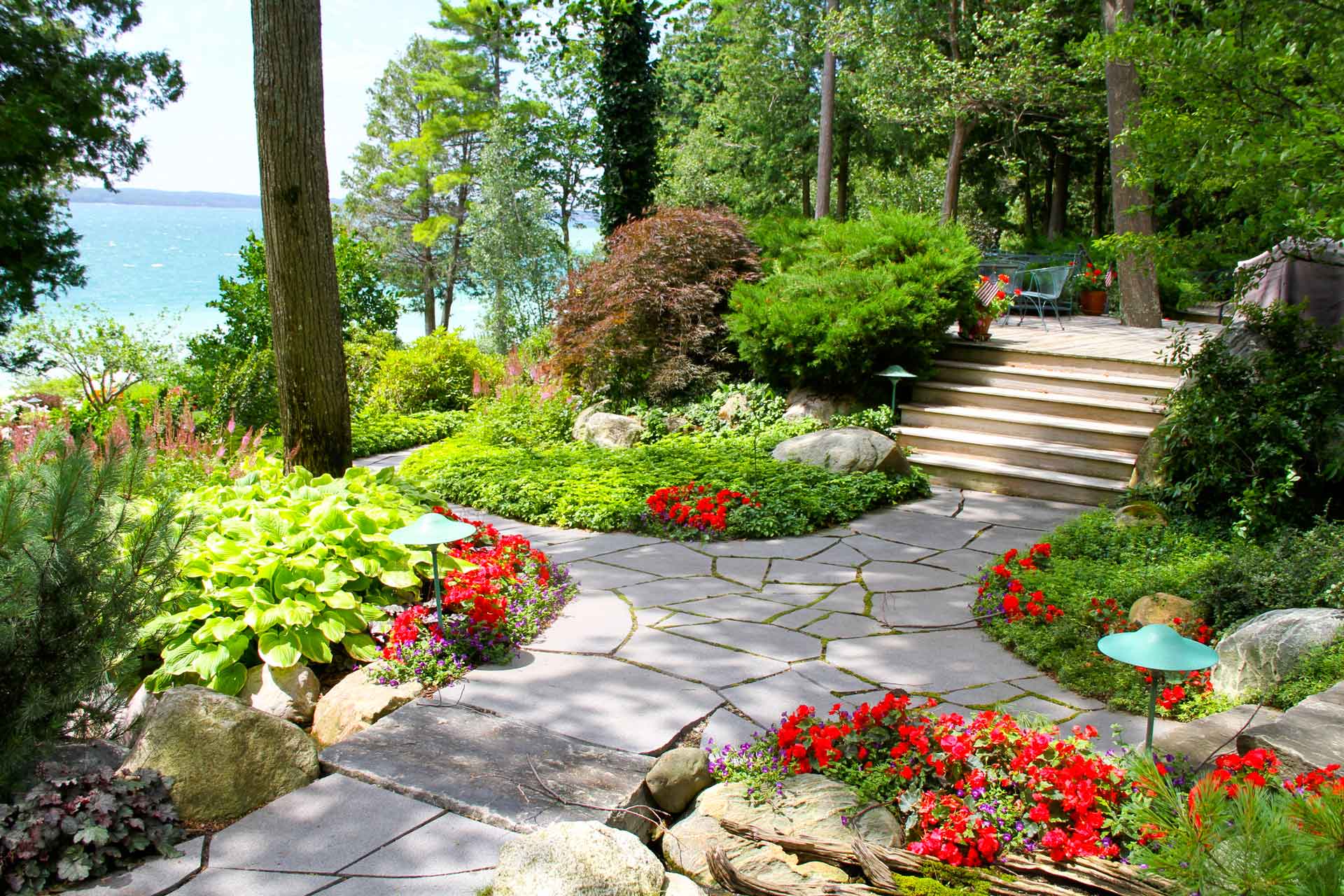
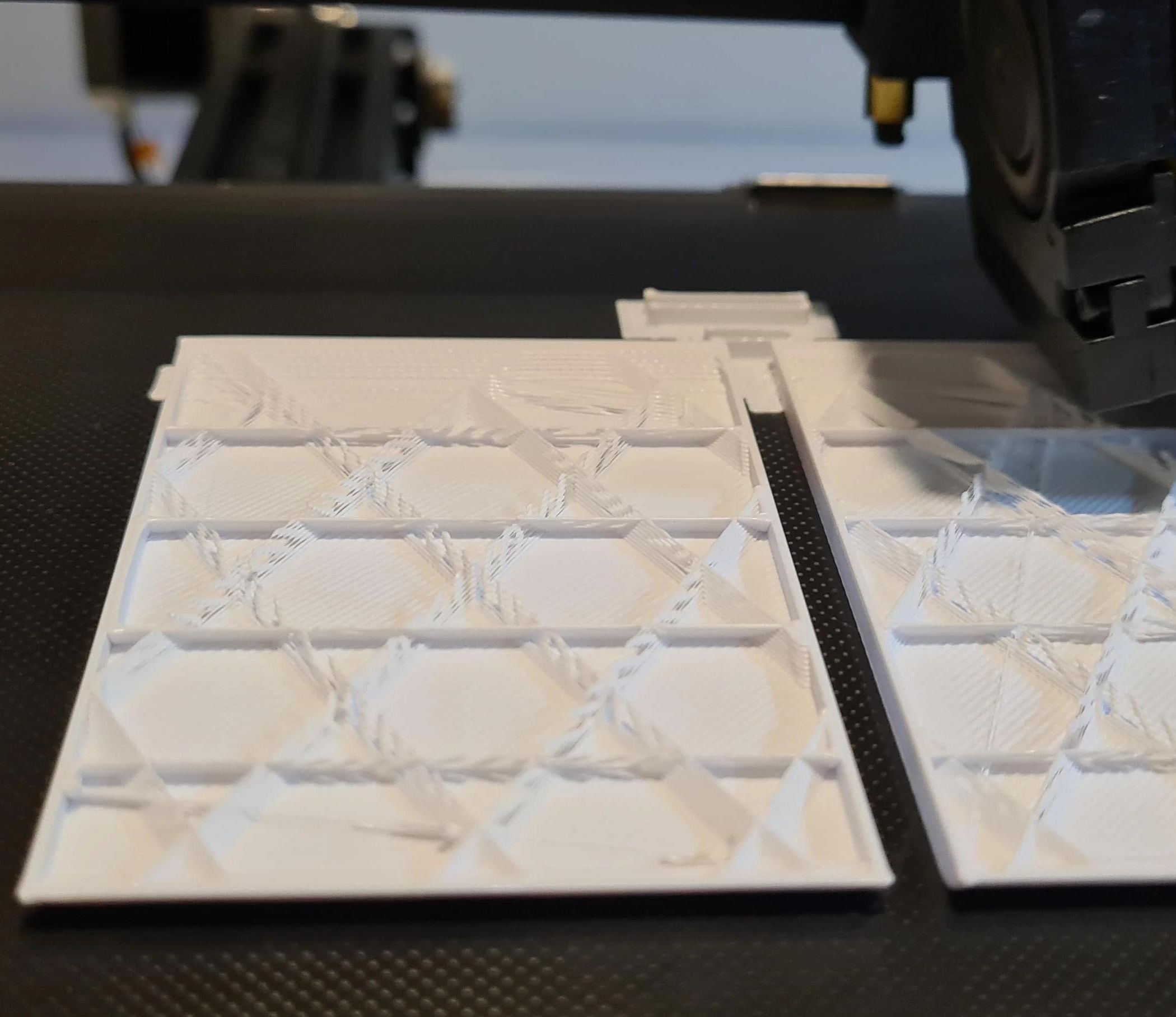

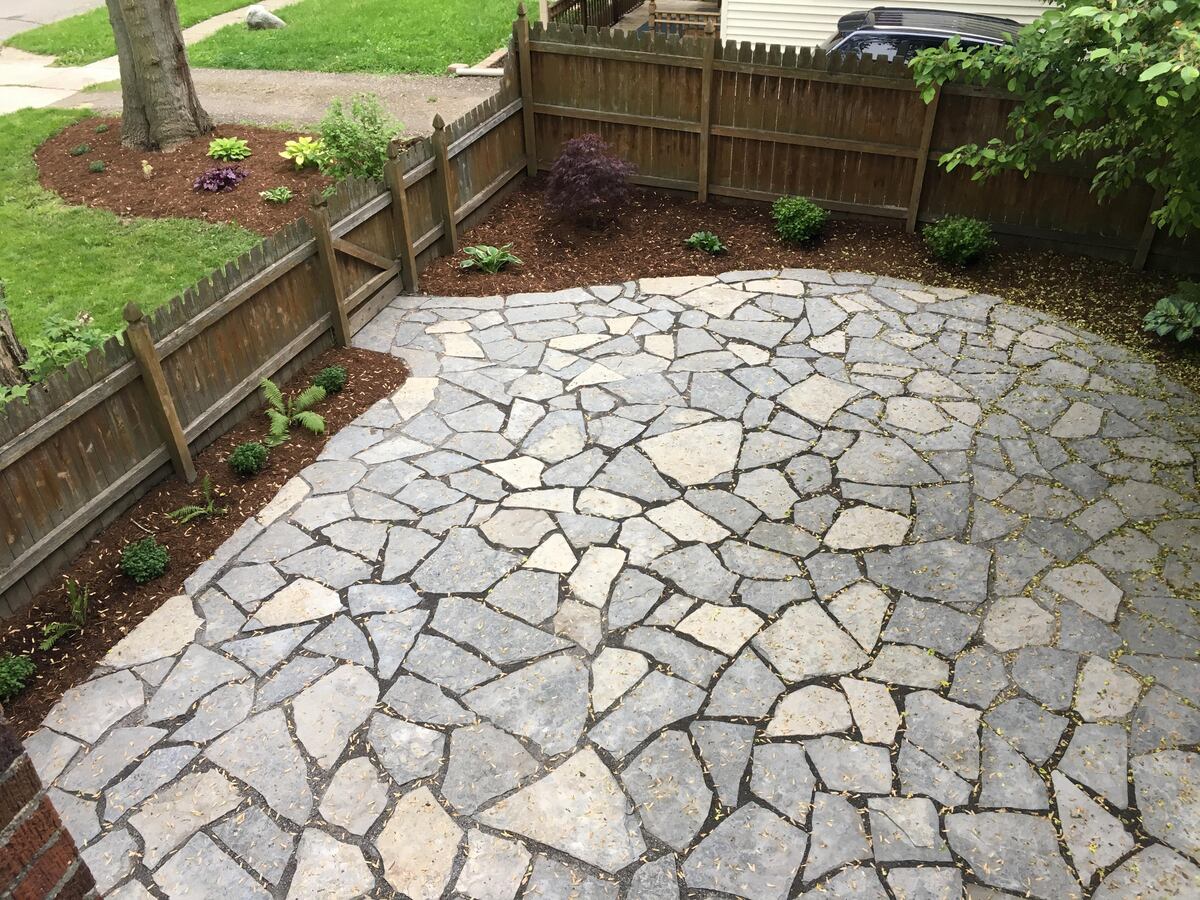
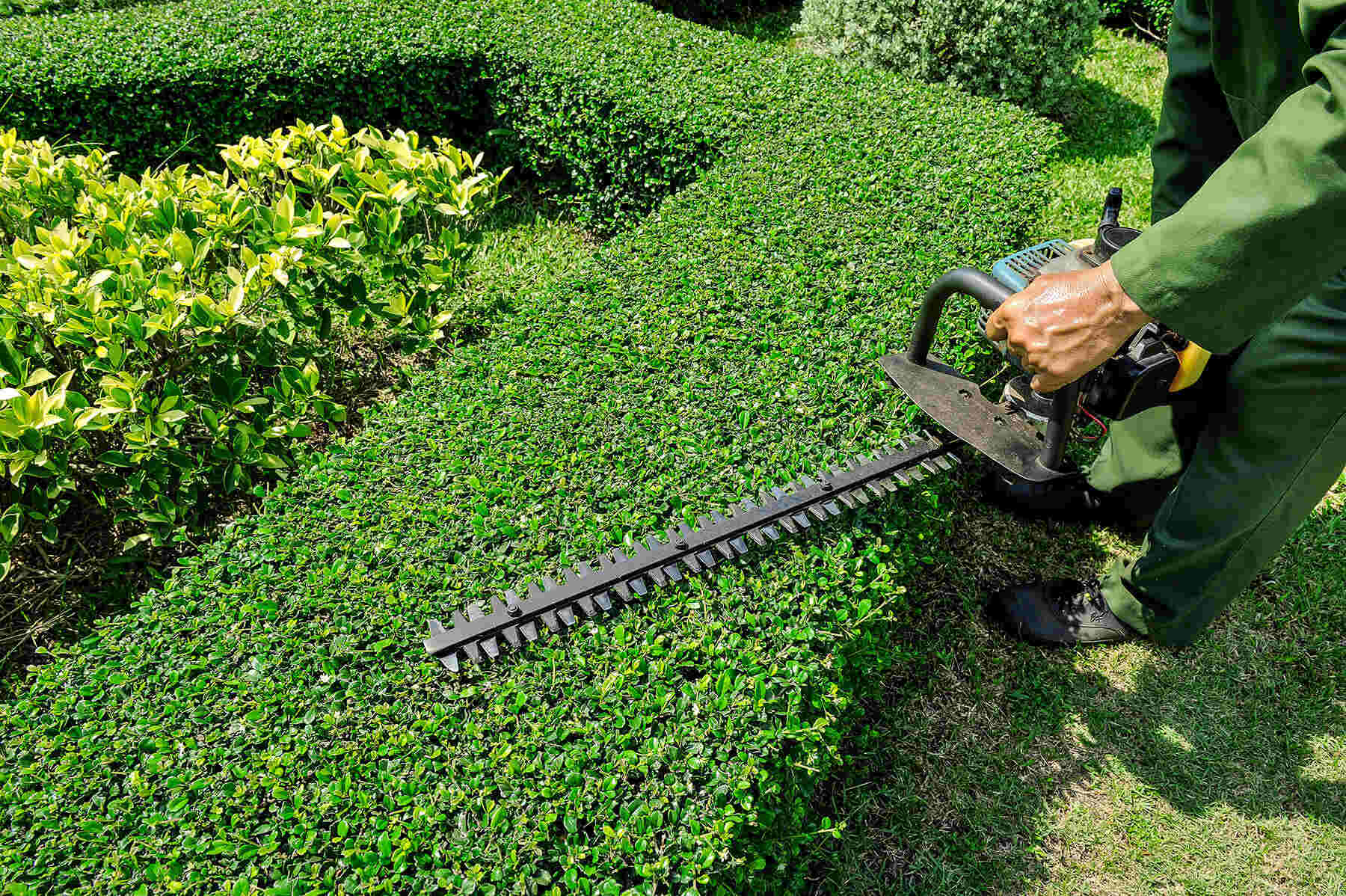

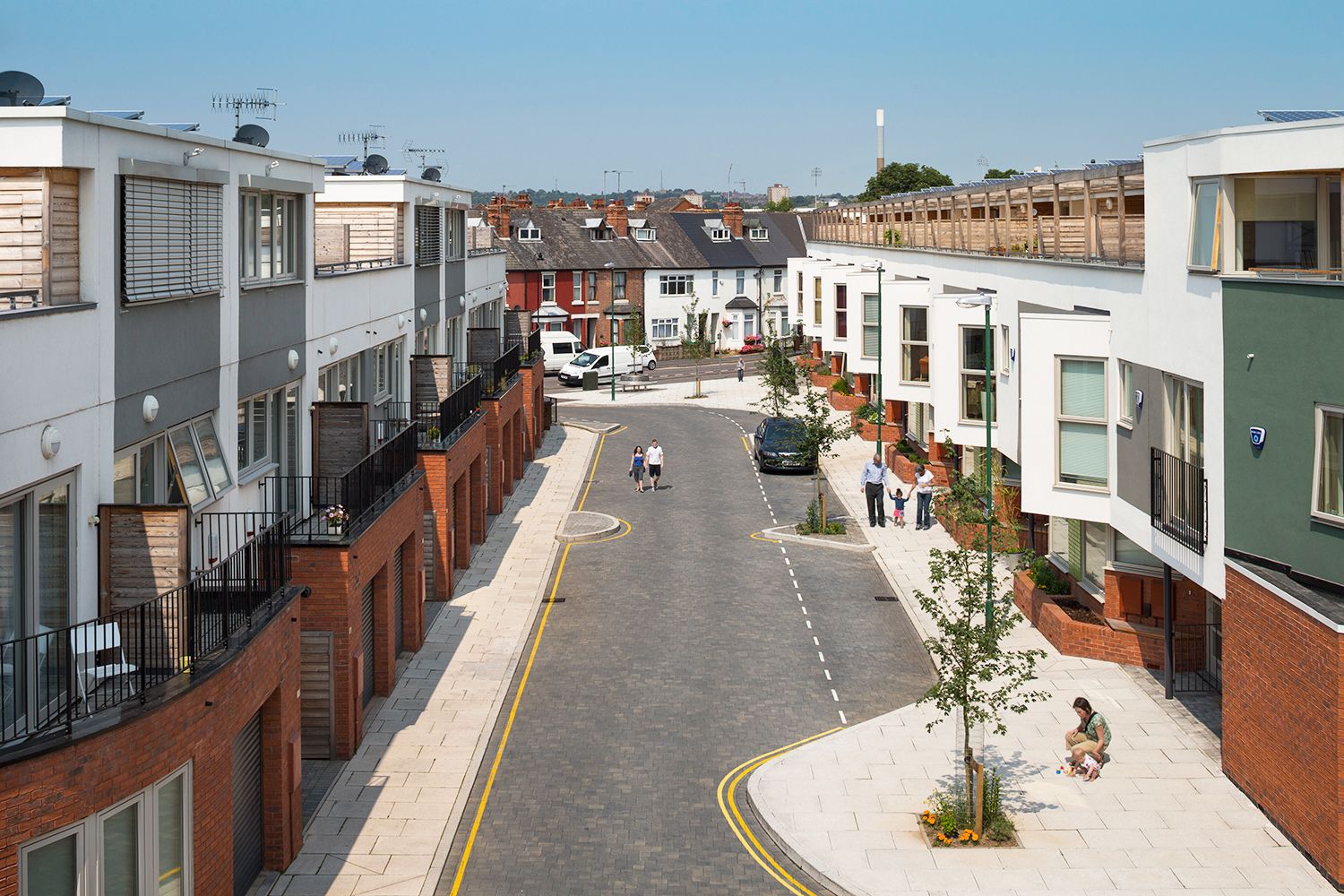
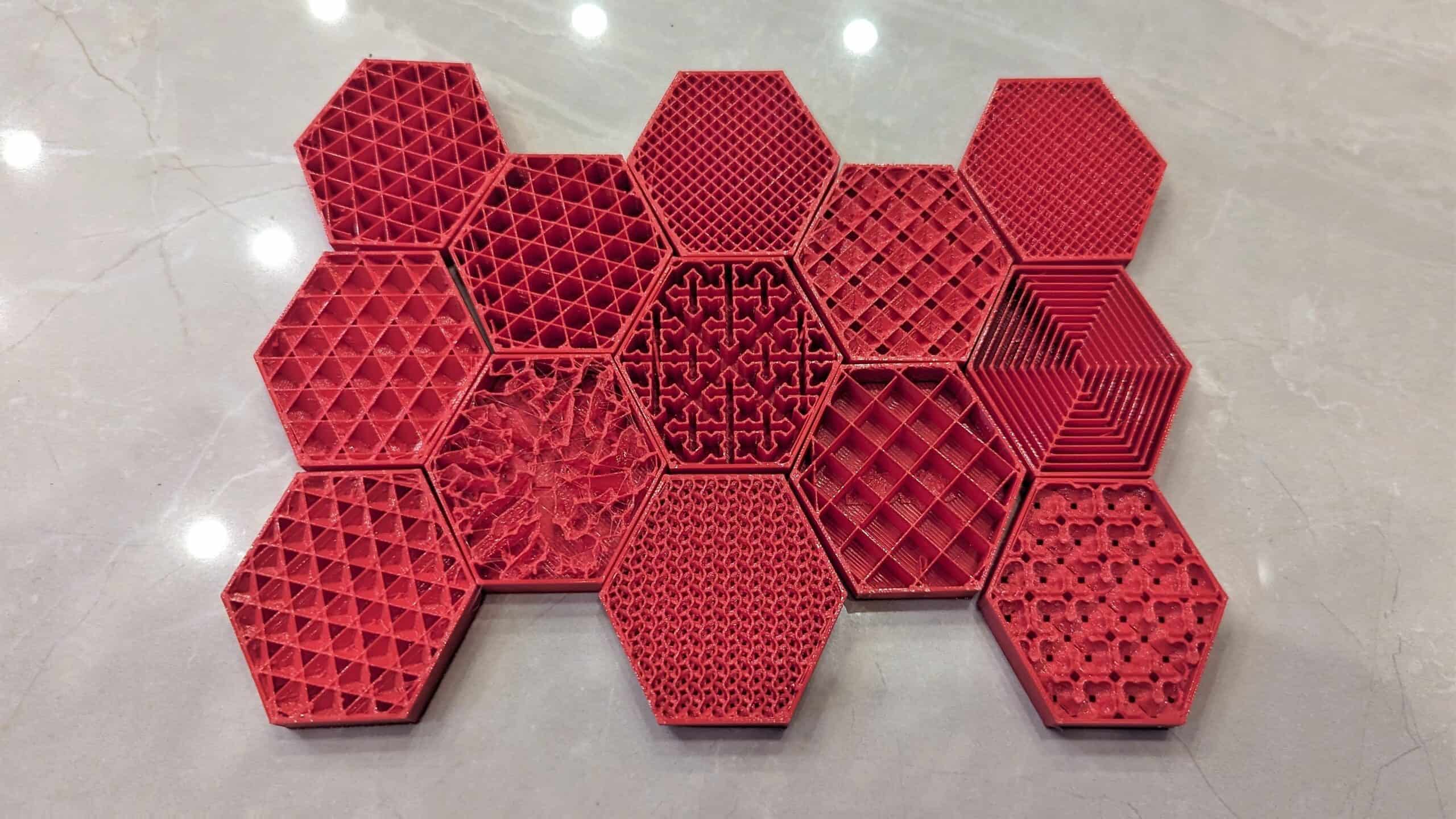
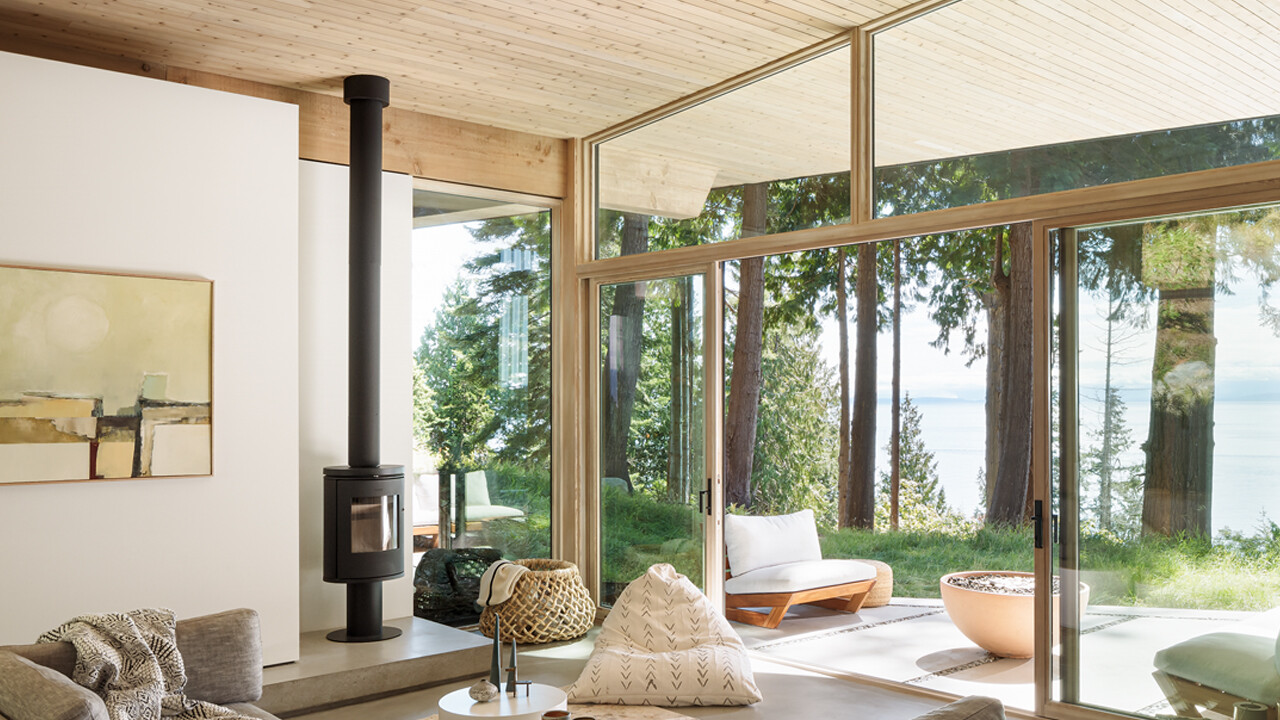

0 thoughts on “What Are The Negatives Of Artificial Grass”